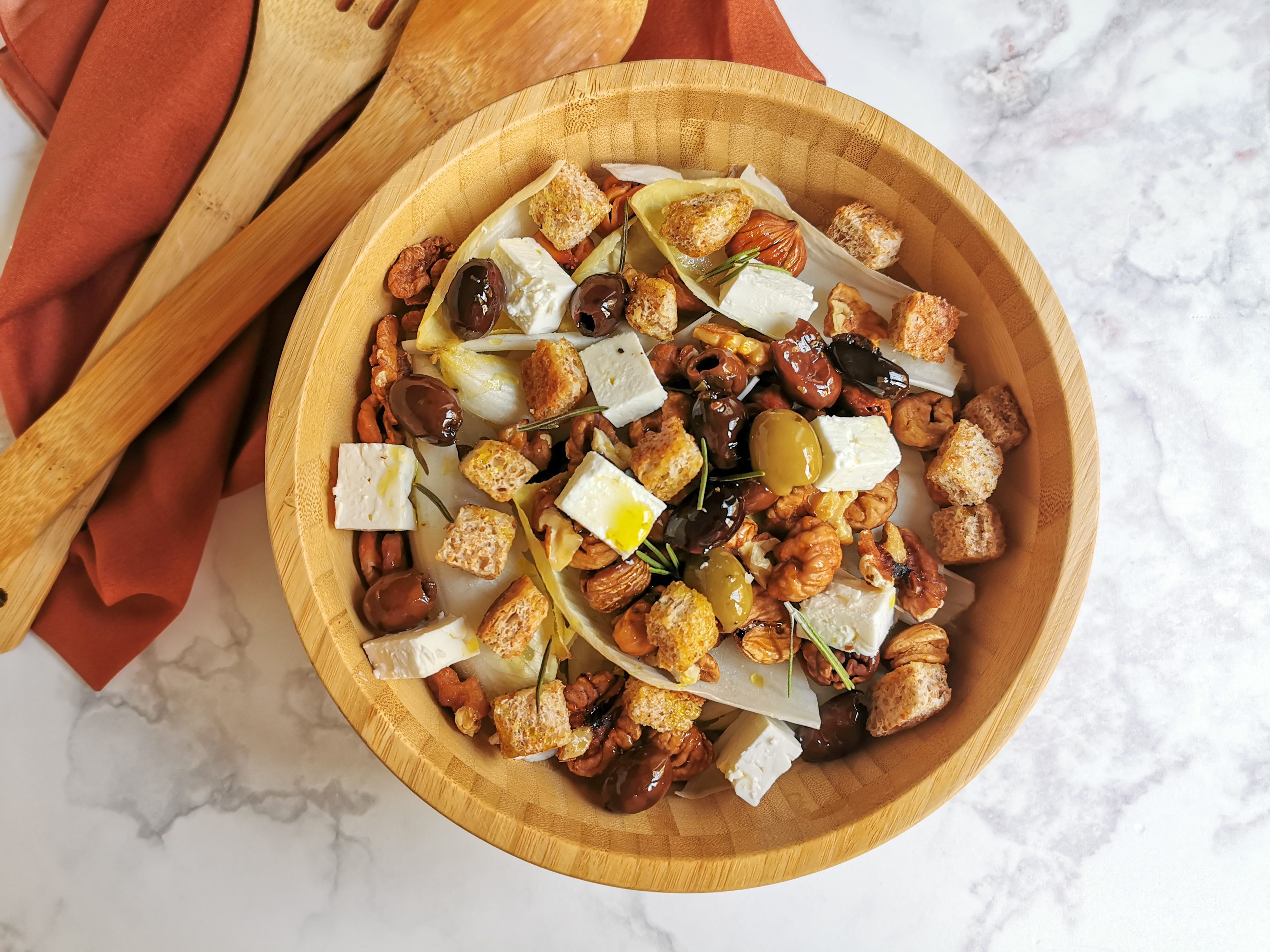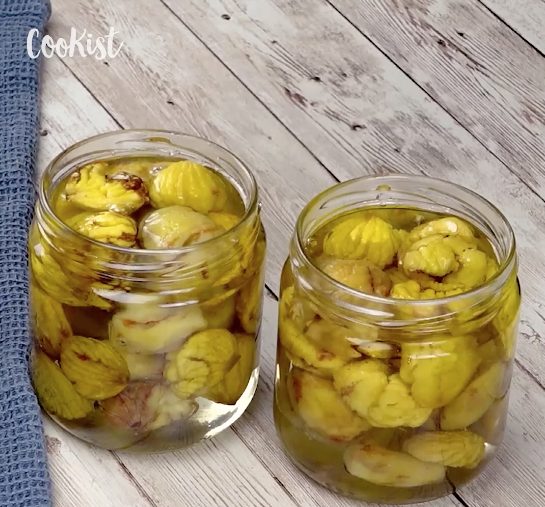Differences Between Horse Chestnut And Sweet Chestnut
Chestnuts are a popular treat, especially when autumn rolls around. Horse chestnuts and sweet chestnuts are both varieties of the nutritious nut but how do they differ from one another? Keep reading to find out.
;Resize,width=742;)
Chestnuts are beloved autumn treats enjoyed by many. However, it is important to know that not all chestnuts are the same.
According to experts, only some varieties of chestnuts are edible. In the UK, both the inedible horse chestnut (Aesculus hippocastanum) and tasty sweet chestnut (Castanea sativa) can be found in abundance.
Below are some features that can help you tell them apart.
1.The fruits
Horse chestnut and sweet chestnut fruits can easily help you to tell the two types of chestnut apart. The fruits of the horse chestnut, commonly known as conkers, look spherical in shape.
However, the fruits of sweet chestnuts are a bit flattened and taper to a point at the end. These pointed ends are often surrounded by brush-like hairs.

2.Pericarp
The spiny casing is a distinct giveaway of what kind of chestnut you're looking at. At first glance, the fruit casings of the chestnuts look similar but a closer look will reveal that horse chestnuts have a leathery husk covered somewhat sparsely with pointed thorn-like spines. On the other hand, sweet chestnut husks are densely covered with needle-like spines.

3.Leaves
Horse chestnut leaves are palmate and come with five to seven lobes while sweet chestnut leaves are simple and ovate or lanceolate. Their serrated edge can easily help you tell them apart from the leaves of the horse chestnut.
4.Blossoms
Horse chestnut trees have branched clusters of white flowers that grow northbound but flowers of the sweet chestnut are inconspicuous and strongly resemble willow catkins.
The flowering times of the two trees also differ. Horse chestnuts blossom from April to June, while sweet chestnut flowers bloom between June and July.
Conclusion
Chestnuts are great but ensure you have the right ones before biting into them because some are not edible. If in doubt, check out the leaves, fruit and pericarp and confusion should melt away.
;Resize,width=767;)
;Resize,width=712;)
;Resize,width=712;)
;Resize,width=712;)
